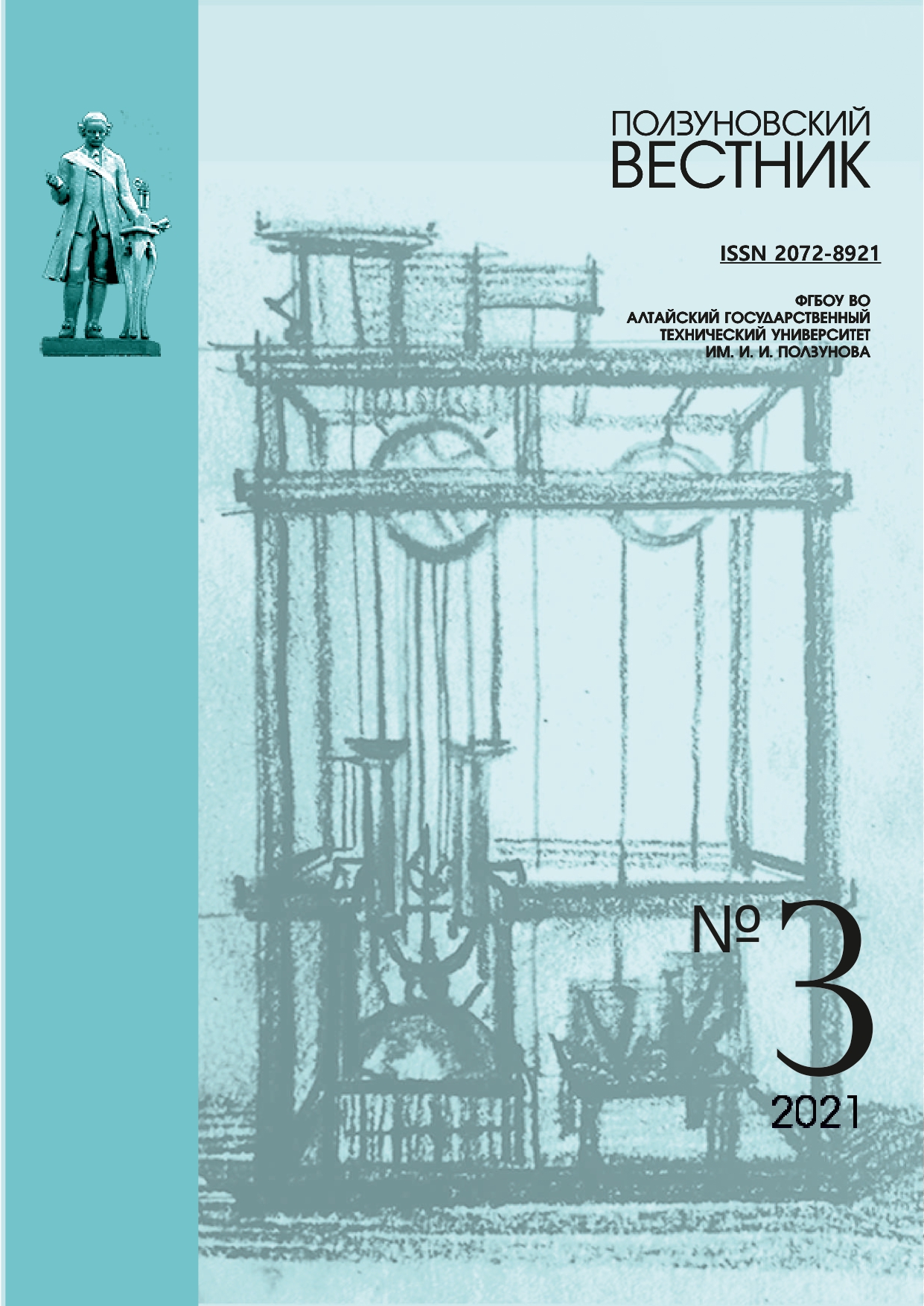MATHEMATICAL MODEL OF ION TRANSFER IN ELECTRODIALYSIS PROCESS
doi: 10.25712/ASTU.2072-8921.2021.03.023
Keywords:
on transport, Nernst–Planck, Donnan equilibrium, Membrane selectivity, High current densityAbstract
Electrodialysis (ED) is an electrochemical separation process in which charged membranes are used to separate ions under the action of an electrical potential difference. This review focuses on a mathematical model of ion transport in the electrodialysis process, including boundary conditions, electric current, ion fluxes, ion transport number, and membrane permeability. Mathematical models of ion transport in electrodialysis process are reviewed and their basics concept is discussed usingan ion-exchange membrane based on the Nernst–Planck equation. There are many studies carried out in the past implemented using Nernst–Planck equations, since they are relatively easy to associate with other equations describing hydrodynamic conditions and ion transport in surrounding solutions, boundary conditions, and other conditions. A correlation for the non-linear potential gradient is derived from current density relation with fluxes. The boundary conditions are determined with the Donnan equilibrium at the membrane– solution interface, taking into account the convective flow. The model predicts the effect of an increase in current density on the ion concentrations inside the membrane. The model is fitted to the previously published experimental data. Moreover, the effect of current density on the observed increase in voltage drop and the decrease in permselectivity has been studied for the available ion exchange membrane. To conclude, the membrane structure, i.e., channel size and porosity, has a high impact on the performance of ion transport through ion exchange membrane.
Downloads
Published
How to Cite
Issue
Section
License
Copyright (c) 2022 Mohammed Q. Gubari, Nadezda V. Alekseeva

This work is licensed under a Creative Commons Attribution 4.0 International License.















 .
. This work is licensed under a
This work is licensed under a 
